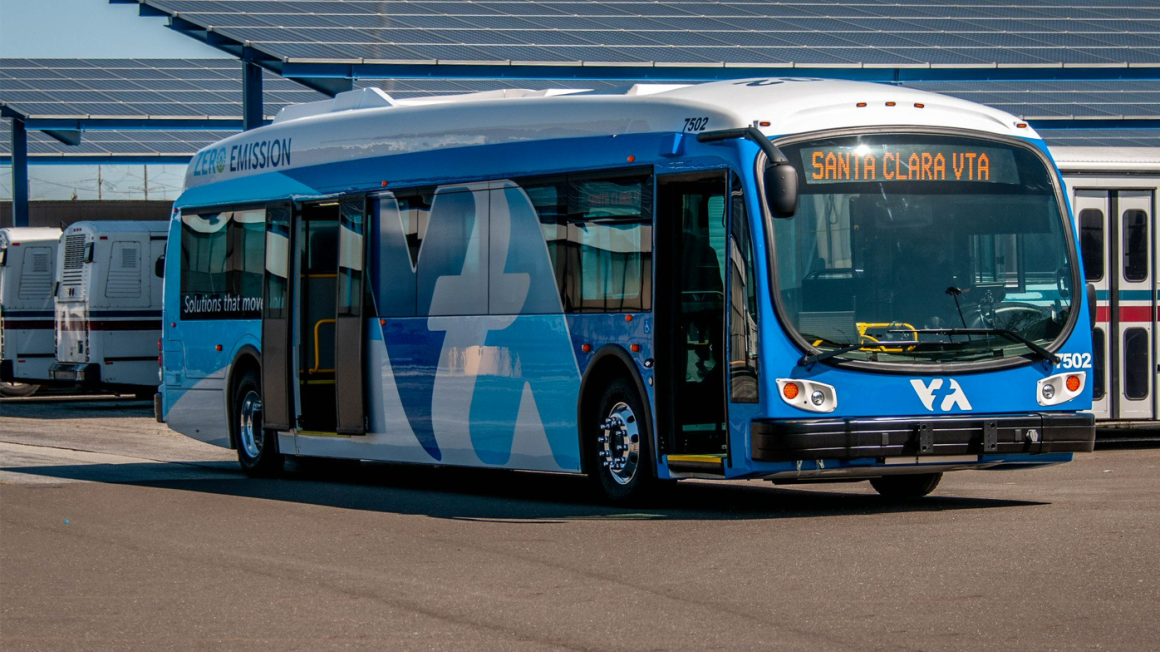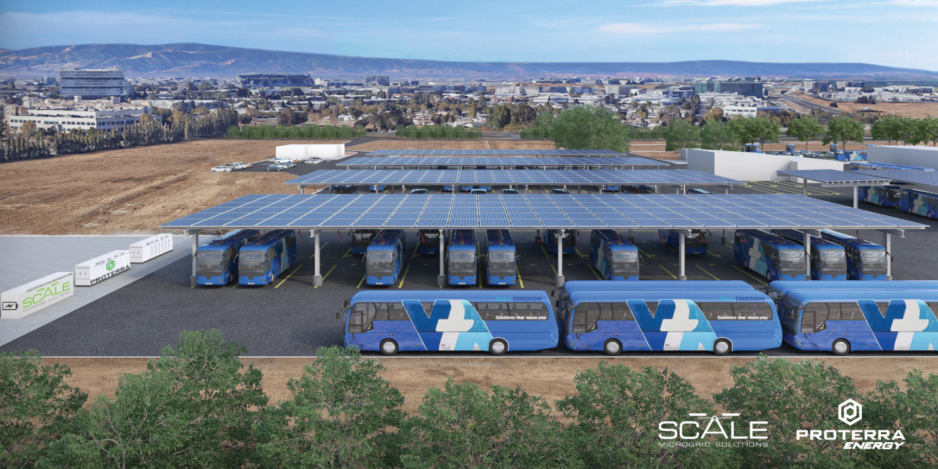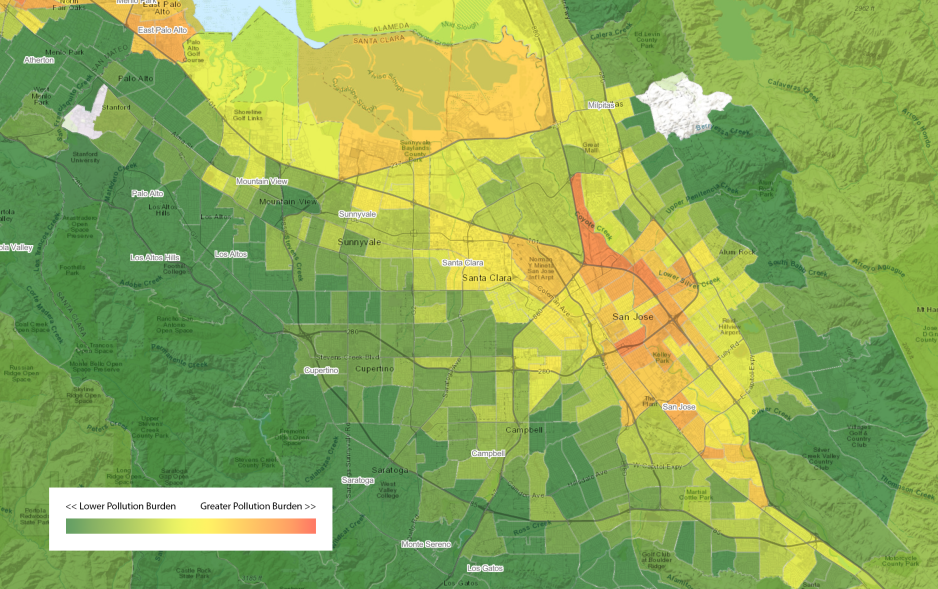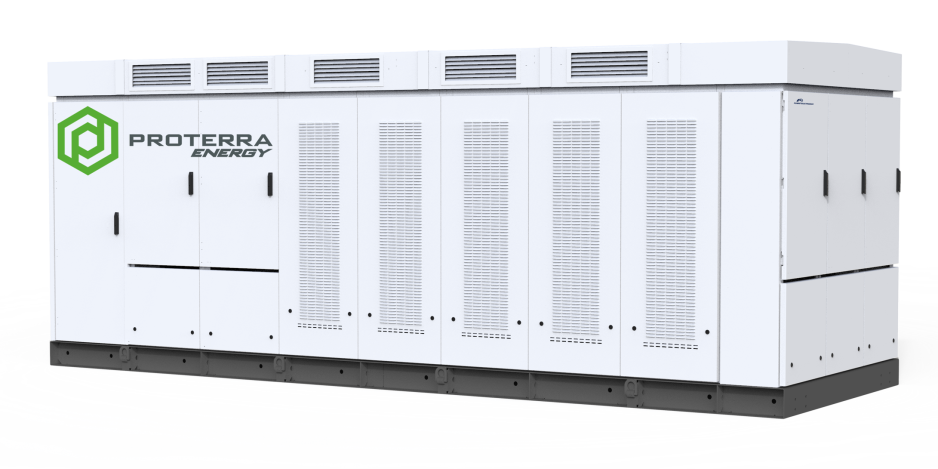A grant award made official by the California Energy Commission's Clean Transportation Program on January 26 brings VTA a big step closer to transitioning to a newer, quieter, greener and zero-emission bus fleet. The $4.7 million grant award completes the funding needed for a $16.4 million project that will install 34 new bus chargers, solar panels and a microgrid (large backup battery) at VTA’s Cerone Bus Yard.
To compete strongly for grant funding, VTA partnered with big players in the battery-electric bus field: Proterra, who brings expertise in battery design and bus charging; Scale Microgrid Solutions, a national leader in microgrid design and construction; and Lehigh University, whose Institute for Cyber Physical Infrastructure and Energy has been working in the “smart grid” space for nearly a decade.
The project is on track to come online in late 2023 and will support VTA’s next battery-electric bus purchase. VTA's current electric bus fleet consists of five 40-foot Proterra buses, with five more on the way. Upon completion, the new charging infrastructure will be able to full charge a bus in as little as four hours. Together, the infrastructure and new buses will provide a much better experience for riders, be better for the environment and save VTA operating costs.
A more pleasant riding experience
Battery-electric buses are quiet which makes them much easier places to relax, read, work or listen to music (headphones only, of course) than diesel buses. This project is the first step in transitioning to an entirely zero-emission fleet, a state mandate that VTA must comply with by 2040. The chargers designed by Proterra can be easily replicated to serve future battery-electric bus purchases. As the decade progresses, you’ll see fewer diesel VTA buses and more of VTA’s new, quieter electric fleet.
Cleaner and greener transit service
The new fleet will not emit exhaust and will be powered largely by green energy collected by new solar panels. This helps us decrease our carbon footprint and meet the goals of increasing renewable energy use adopted by VTA’s Board in the 2020 Sustainability Plan. It also helps improve local respiratory health. Per state guidelines, and in line with VTA’s equity platform, these buses will serve areas with worse-than-average air quality and higher-than-average rates of respiratory health ailments, like East San Jose.
Operating cost savings
This project allows VTA to save on operating expenses in a few ways. The solar panels decrease the amount of electricity VTA needs to buy from utilities. For the electricity it still must purchase, VTA can buy it off-peak when rates are cheaper, store the electricity in the microgrid battery and charge buses when convenient. Electricity is a more cost-effective way to power buses than diesel. Altogether, VTA projects to save about $1.2 million a year in energy costs, which is a savings that can be put toward other operating needs, like transit service.
Resiliency and emergency support
The microgrid gives VTA a backup energy source if there is a prolonged power disruption. If a disaster happens that takes down the electrical grid for an extended period, the solar panel and microgrid will allow VTA to continue operating battery-electric buses, serving riders and providing emergency transport if needed.
VTA is grateful for the trust and support of the California Energy Commission as we work to keep California a greener, healthier place to live.
About California Energy Commission
This project is funded in part by the California Energy Commission’s Clean Transportation Program, which invests up to $100 million annually to support California communities, increase access to zero-emission vehicle infrastructure, support innovation and accelerate the deployment of advanced transportation and fuel technologies.



